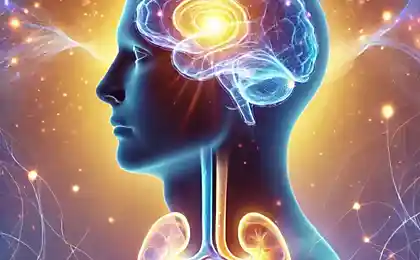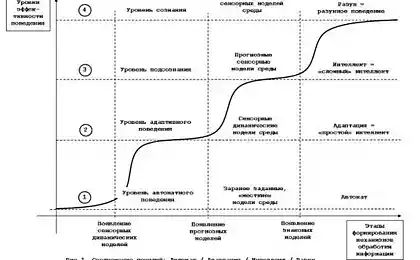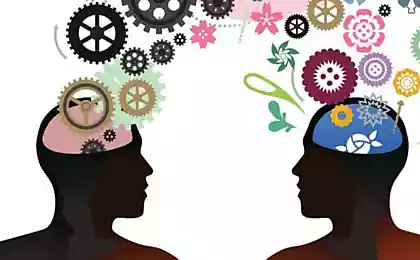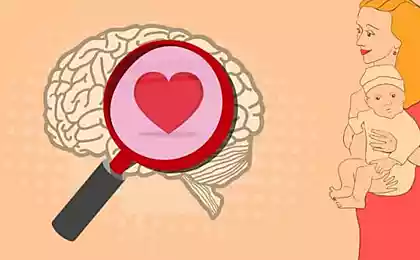151
10 Masculinity Masks You Use and How Not to Lose Your Self
We often wear masculinity masks to hide our fears and feelings. But the more often we do this, the more likely we are to lose ourselves behind them.

In today’s world, every man faces unseen pressure to meet certain standards. We learn to hide vulnerability, suppress emotions, and show strength where we feel weak. But what happens when these defense mechanisms become a prison for our true identity?
Why are we wearing masks?
Psychologists at Stanford University found that 78% of men regularly suppress their true emotions in social situations. This is not because of an innate inability to empathize, but because of socio-cultural attitudes that are formed from childhood.
Masculinity mask is not just the role we play. It is a way of surviving in a world where vulnerability is often perceived as a weakness.
Dr. Brené Brown, a researcher of vulnerability and shame, notes that men are often trapped in a double trap: on the one hand, they are expected to be emotionally accessible, on the other hand, they are required to meet traditional standards of masculinity.
10 Main Masks of Masculinity
1 "Iron Man" mask
Never show pain, fatigue or weakness. This mask causes men to work to exhaustion, ignore health problems and refuse help even in critical situations.
Recommendation: Start small – acknowledge fatigue at least in front of yourself. Keep a journal of your physical and emotional state.
2 Mask of the Financial Titan
The belief that male value is determined solely by income and career achievement. This leads to constant stress, overwork and loss of connection with the family.
Recommendation: Identify your true values beyond work. Make a list of 10 things that make you happy and have nothing to do with money.

3 Mask of the Emotional Robot
Suppress all emotions except anger. Studies show that men who do not express emotions are 2.5 times more likely to suffer from depression.
Recommendation: Explore the "wheel of emotion" A crook. Every day, name at least one emotion you feel other than anger or neutrality.
4 "Lone Wolf" mask
Rejection of deep friendships and emotional support. Statistics show that men have on average 5 times fewer close friends than women.
Recommendation: Initiate one honest conversation a week with a friend or loved one. Share something personal that you usually keep with you.
5 Alpha male mask
Constant competition and demonstration of dominance. This mask drains energy and prevents healthy relationships.
Recommendation: Practice active listening. In the next conversation, focus on understanding the other person, not proving your point.
6 The Defender mask
A constant sense of responsibility for solving all the problems of others. While caring for others is important, overprotection can become a form of control.
Recommendation: Learn to ask, “How can I support you?” instead of offering immediate solutions.
7 The Joker mask
Use humor as a way to avoid serious conversations and deep emotions. Constant irony can be a barrier to sincerity.
Recommendation: Allow time for serious conversations without trying to defuse them with jokes. Start at 10 minutes a day.
8 Stoic mask
Although stoicism has its merits, its extreme form can lead to emotional stupor and loss of empathy.
Recommendation: Learn the difference between healthy stoicism and emotional suppression. Read philosophical works that encourage awareness rather than rejection of emotions.
9 "Expert" mask
Always be right and show competence. Fear of admitting ignorance or error can hinder personal growth.
Recommendation: Practice the phrases: “I don’t know”, “I was wrong”, “Teach me”. These are signs of strength, not weakness.
10 "Impenetrable" mask
Refusal of professional psychological assistance or personal development. Studies show that men are 3 times less likely to turn to psychologists.
Recommendation: See therapy as an investment in yourself, not a sign of weakness. Start with books on psychology or online resources.

How to remove masks safely
The process of removing masks of masculinity requires gradualness and awareness. Psychotherapist Terry Real, who specializes in male psychology, recommends the following approach:
Step 1: Awareness
The first step to change is recognizing that masks exist. Keep a journal of observations for a week. Note the moments when you feel the need to “include” a particular role.
Step 2: Root Research
Try to understand where these defense mechanisms came from. They are often formed during childhood or adolescence as a way to avoid pain or gain approval.
Important: If in the process of self-exploration there are strong emotional reactions, do not hesitate to consult a specialist. This is normal and shows your strength, not your weakness.
Step 3: Gradual integration
Do not try to remove all masks at the same time. Start with one area or relationship. For example, first become more open with your partner, then with friends, then with colleagues.
Step 4: Practice of vulnerability
Brené Brown’s research shows that vulnerability is not a weakness, but an indicator of courage. Start small: share your doubts, ask for help, admit your mistake.
Specific techniques for daily practice
Technique "Emotional check-in"
Ask yourself three times a day, “How am I feeling?” Don’t try to change the emotion, just name it. This will help to develop emotional awareness.
The Safe Man Technique
Identify one person in your life with whom you can be completely honest. Practice openness with him, gradually increasing the level of trust.
Technique “Reforming Internal Dialogue”
Notice the moments when your inner voice criticizes you for “unmasculine” behavior. Instead of “Real men don’t cry,” “Healthy people express their emotions.”
True masculinity is not the absence of fear, but the ability to be vulnerable in spite of fear. It is the courage to be yourself in a world that is constantly trying to make you someone else.
Myths about masculinity that hinder growth
A study by the American Psychological Association has identified several toxic myths about masculinity:
Myth 1: Men need to solve problems on their own.
Reality: The ability to ask and accept help is a sign of wisdom and strength.
Myth 2: Emotions are a woman’s prerogative.
Reality: Emotional intelligence correlates with career and relationship success.
Myth 3: Men should not show weakness.
Reality: Recognizing your limitations allows you to use your strengths more effectively.
Conclusion
Removing the masks of masculinity is not a rejection of male identity, but its deepening. It is the process of returning to your present self, to who you are beyond social expectations and stereotypes.
Remember: being a man does not mean conforming to someone’s idea of masculinity. It means being honest with yourself and others, being capable of deep relationships, being able to feel and express the full range of human emotions.
Your true strength lies not in the masks you wear, but in the courage to remove them.
Glossary
Toxic masculinity is the cultural pressure on men to suppress emotions, avoid vulnerability, and show dominance.
Emotional intelligence is the ability to recognize, understand and manage one’s own emotions as well as those of others.
Vulnerability is a willingness to be open to emotional risk, uncertainty, and criticism.
A personality mask is a defense mechanism in which a person assumes a certain role or image to hide their true feelings or avoid discomfort.
Emotional awareness is the ability to notice and understand your emotional states in real time.
Socio-cultural attitudes - learned from childhood rules and norms of behavior adopted in a particular society or culture.
Authenticity is the correspondence between the inner self and the outer manifestation, sincerity in relationships with oneself and others.
Emily May Hope: The phenomenon of the modern model world
11 Signs Your Girl Expects Too Much From You























